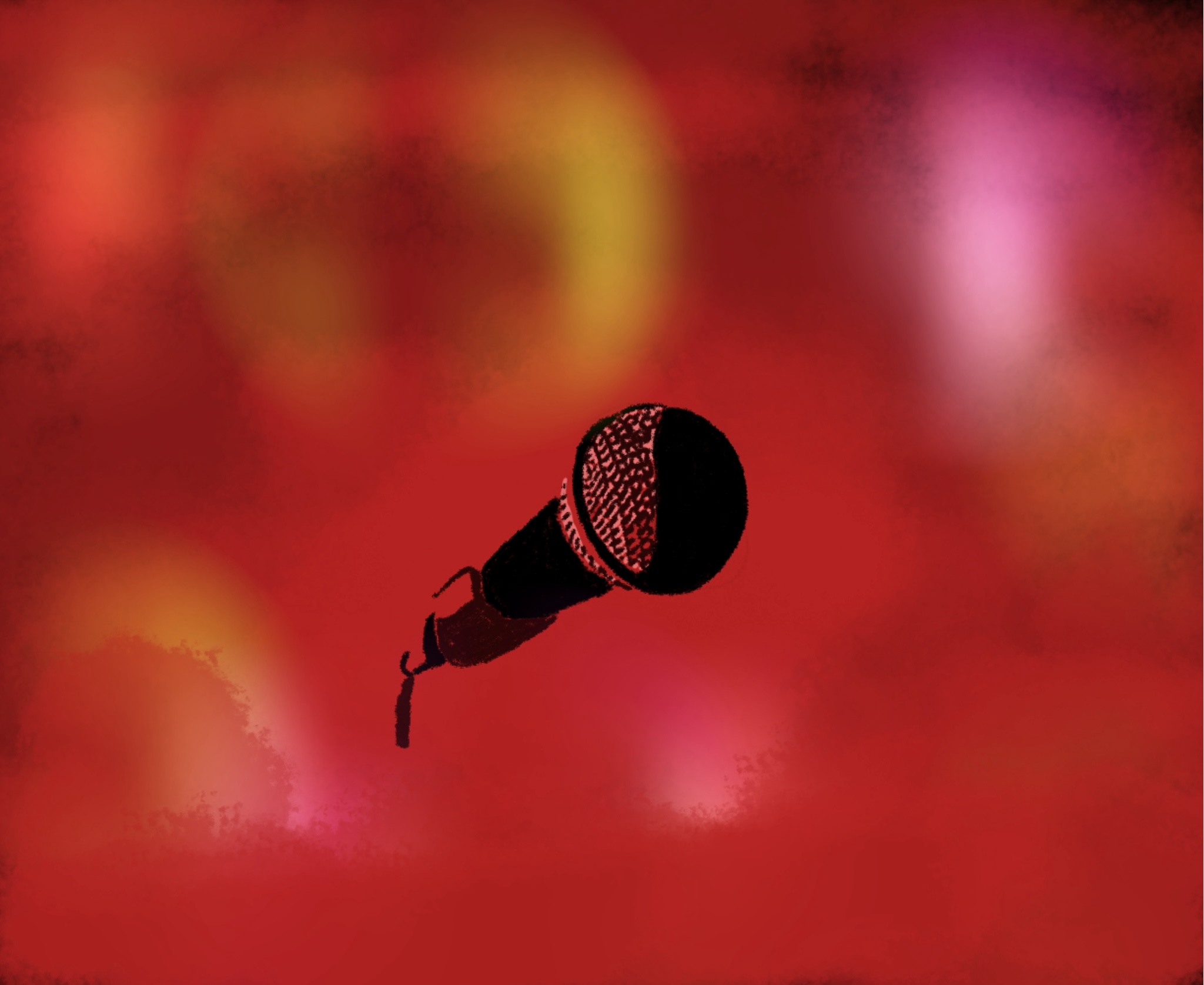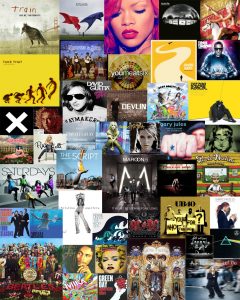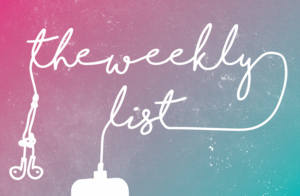At any given moment, millions of songs lie at our fingertips. Platforms like Spotify and Apple Music grant users convenient access to a massive inventory of music for a few dollars every month, putting a world of genres right in front of you. Listening to music on your phone has become commonplace.
Yet, the newfound accessibility of the music industry comes with a price: much of the music we know and love loses some of its depth and meaning. We now listen to music passively. People no longer choose which music to stream, putting playlists on shuffle and indiscriminately consuming the media an algorithm provides. It’s incredibly easy to play songs while doing homework, cooking, or cleaning, reducing them to background noise. As a result, new music that may have once been thrilling to discover now just accompanies our brainless multitasking. I’m not arguing for a revolution against digital streaming, but I think we need to spend more time listening to music in real life and making deliberate choices about the media we consume. To practice what I preach, I decided to do just that.
A few weeks ago, I made the difficult decision to become less of a “screenager.” As someone with a 10-hour average daily screen time, it’s easy to see the challenge this could present. I have found it difficult, with social media, streaming apps, and instant messaging all at my fingertips, not to have some dependence on electronics. Removing my headphones and turning on “Do Not Disturb,” I stepped out of my cozy dorm and made my way to Bulldog Alley, eager to attend an open mic night hosted by ADDED TO THE FILE, Georgetown’s student-run fashion magazine.
As I entered, the calm, warm atmosphere of the stage lights soothed me. The black walls and the mirror across the back of the room gave the space an ethereal quality. It was an intimate setting, with no more than 30 attendees.
Student performances ranged from Coldplay covers to raw, original compositions. Guitars and violins added beautiful, complex harmonies to the various vocal performances of the night.
The audience cheered and demanded encores from the performers, and each artist was eager to continue their performance to appease the zealous crowd. Personal confessions and laughter from the artists after their songs imbued the room with a feeling of tenderness and sincerity.
The purpose of this open mic night was to highlight the creativity of the Georgetown student body, and it did just that. Despite not performing that night, I felt a sense of beautiful camaraderie among my peers. I was overjoyed to see how comfortable all the performers were sharing their talents. I was also proud of myself: I had successfully stepped away from my phone and my worries of missing something faded as I enjoyed my first live music event since arriving on campus in August.
Before the open mic, it had been quite some time since I had seen live music. Despite rarely attending concerts, I still remember Faye Webster delivering an enchanting show in March with songs from her latest album Underdressed at the Symphony (2024). At the open mic night, I felt that same sense of magic. Being in a room with people who shared my passion for music was a feeling that I simply could not attain from listening to any of my playlists on Spotify. I was immersed in the music, and the social interaction made me feel like I was a part of something larger than myself. Listening to music live, as most humans have in history, allows us to enjoy the experience rather than just the content.
I can always press play on my phone, but that will never compare to experiencing music live. In fact, I can’t recall a significant moment where I was listening to music with my headphones on while doing homework or some other tedious chore. But I do remember chanting the lyrics to “Right Side of My Neck” in unison with the crowd at Faye Webster, revelling in the dim lights of the venue to the hypnotic resonance of the bass guitar.
For me, listening to music alone through online streaming platforms has not in itself been the cause of any form of transcendental experience. Those true moments of passion and emotion came from standing in a crowded venue, with the speakers blaring, or sitting in Bulldog Alley listening to my peers perform. This is amplified by small moments of quiet chatter between performances from the audience, which add to the sense of community while building anticipation for what is to come next.
You don’t have to spend hundreds of dollars on concert tickets to experience live music (although you can, if you want!). But there is plenty of live music you can experience for free, especially when you look for the artists in your community who are passionate about expressing their creativity. I think that everyone should unplug from streaming services more often and spend a little more time reconnecting with people playing music around them.





